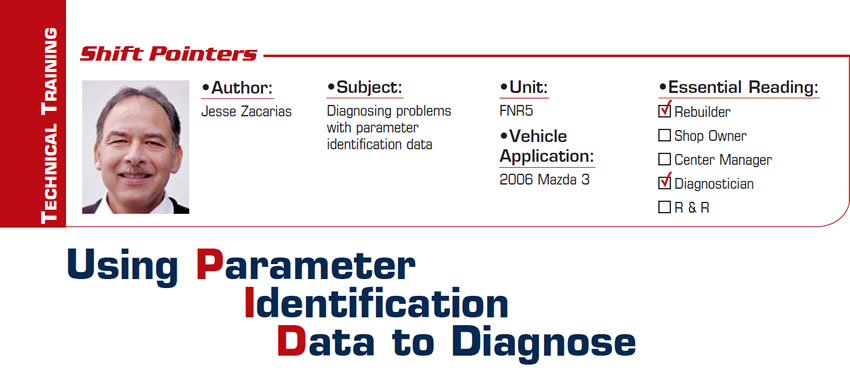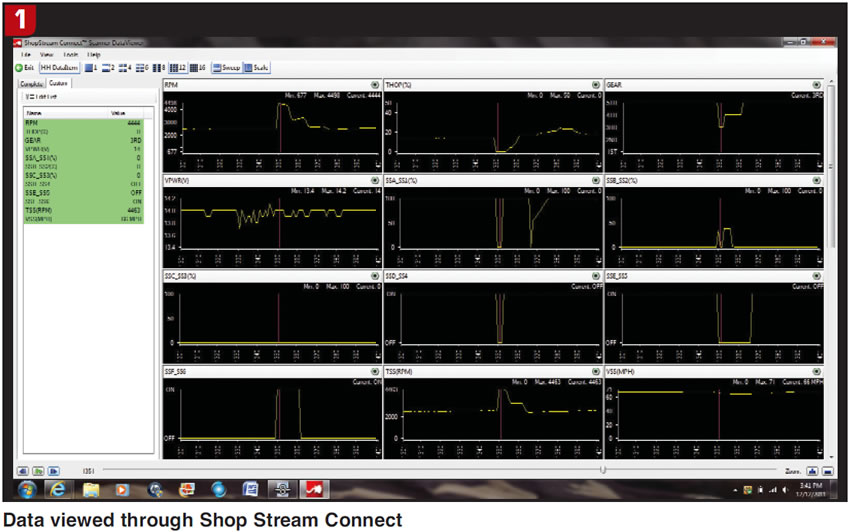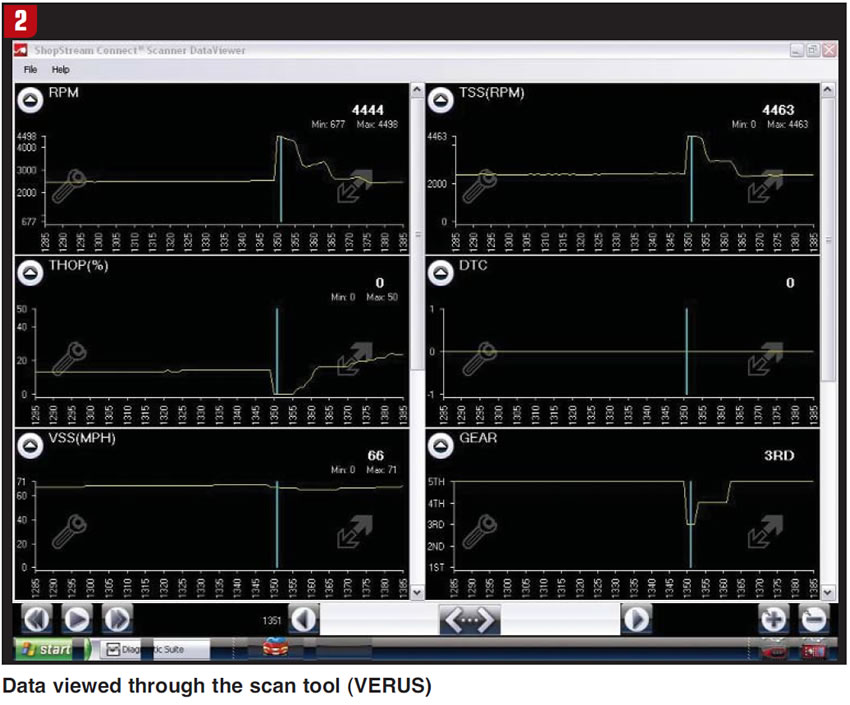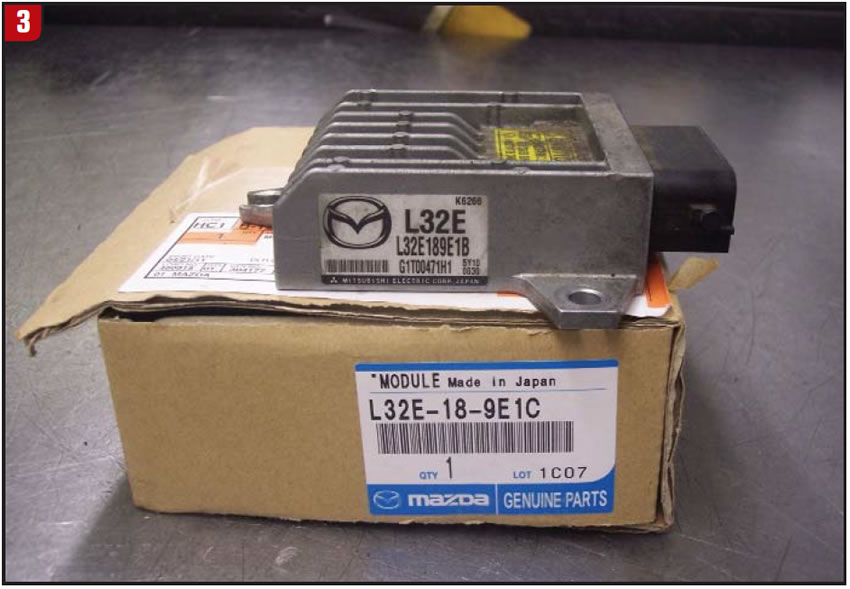
Shift Pointers
- Subject: Diagnosing problems with parameter identification data
- Unit: FNR5
- Vehicle Application: 2006 Mazda 3
- Essential Reading: Rebuilder, Diagnostician
- Author: Jesse Zacarias
I recently fixed an intermittent problem on an FNR5 transmission in a 2006 Mazda 3. The shop that brought it to me had been trying unsuccessfully for the past six weeks to fix it. When I called to inform them that it was fixed, they asked how I was able to fix in such a short time what they had not being able to do in weeks.
That question is what prompted me to write this article, not because I believe I’m in any way more intelligent than the average transmission diagnostician but because of the approach I used that allowed me to find the intermittent problem.
In the December 2009 issue of Transmission Digest I wrote an article titled “Analyzing Data Helps Solve Complicated Problems.” The article bought out how we can use parameter identification data (PID), combined with our knowledge of the way a transmission is designed to work, to diagnose complicated transmission problems. Since this was the approach I used to fix this problem on the 2006 Mazda I decided to write this article to show the usefulness of PIDs.
The vehicle had no codes, and the complaint was that it would make a loud bang at times while in fifth gear. Part of my diagnostic procedure in this kind of case is to drive the vehicle with my scan tool connected and be prepared to take a movie the moment I feel the complaint; however, I was not prepared for the “loud bang” when it happened. I was driving on the freeway when I felt as if I had gone over a huge pot hole; to say that it scared the daylights out of me is to put it lightly. I took the snapshot with the scan tool, and on my return to the shop I noticed it did it again but not at high speed, and every time it did I noticed that at the same time the A/T light would illuminate on the instrument panel.
When I got back to the shop I downloaded the movie to my computer and started to analyze the data. I like to view the data on the computer for a number of reasons. First, not only does it allow to choose the PIDs I want to see, but also I can choose the number of PIDs: 1, 2, 4, 6, 8, 12 or up to 16 at a time. I can also save the movie in my computer and make future reference to it if necessary, or send the data to someone else via e-mail to share or get their opinion. You can see the difference between seeing the data on the scan tool or on a computer by looking at figures 1 and 2. The cursor is in red in Figure 1 and in blue in Figure 2. As you can see by the data, at 66 mph the transmission downshifted to third but the throttle went from 14% to 0% at the same time. This action is opposite of what we expect to see; had the throttle gone up in percentage I would have been looking at the throttle-position sensor.



What helped me determine the problem was that the A/T light would come on at the same time. This light comes on when there is a code in the TCM or the transmission is in failsafe mode. I did not lose data from the TCM while monitoring these PIDs, and as you can see in Figure 1 the voltage to the TCM was present all the time.
After looking at all the PIDs I started to suspect a faulty TCM. It appeared to me that the TCM was going to failsafe for a short time without setting a code. That would explain why the throttle percentage went to 0. I verified voltage and grounds to the TCM to make sure, but since this was an intermittent problem I could not get it to act up with the voltmeter connected. I had to make a decision on the basis of the PIDs and my knowledge of how the transmission works.
When I called for a price for the TCM I was surprised that the dealer had three in stock, which led me to believe that Mazda is having problems with them. I bought the TCM (Figure 3) and installed it (plug and play – no programming is needed). The vehicle worked excellently, and after an extensive drive to make sure it was fixed we delivered the vehicle.

The use of PIDs in diagnosis is going to play a big part in future transmission repair, because of the computers being installed inside the transmission and the only data available being through CAN communication. Snap-on provides the software to view its Scanner data free of charge; all you need is a computer. You can download it at http://www1.snapon.com/diagnostics/us/InformationProducts/ShopStreamConnect/DownloadForm.htm.
Sometimes you just have to trust the data on the scan tool and your knowledge to diagnose a problem.

Jesse Zacarias is the owner of Elec-Tran Diagnostics (www.electrandiagnostics.com) in Gilroy, Calif.













